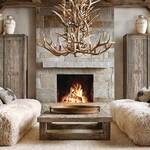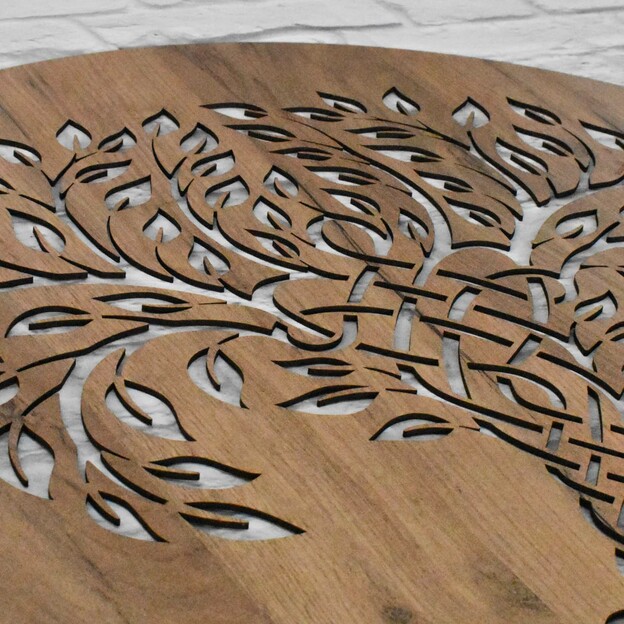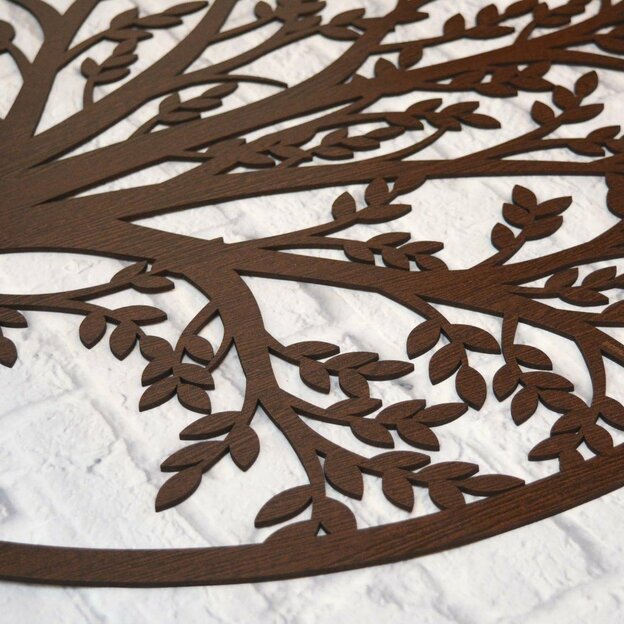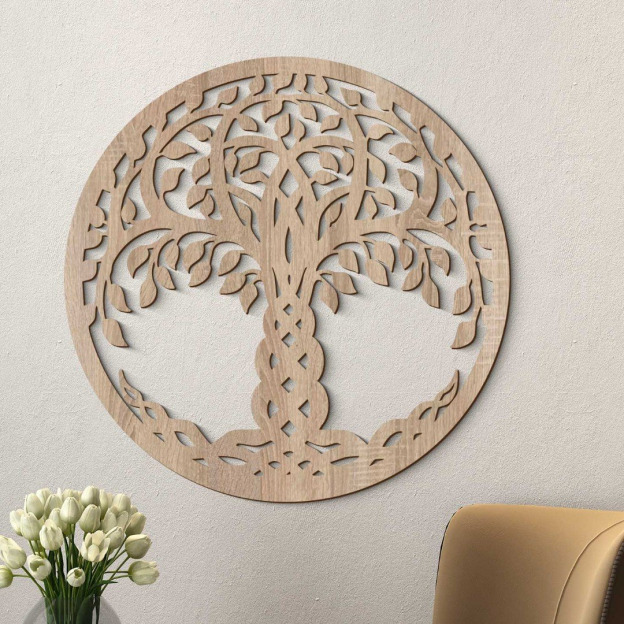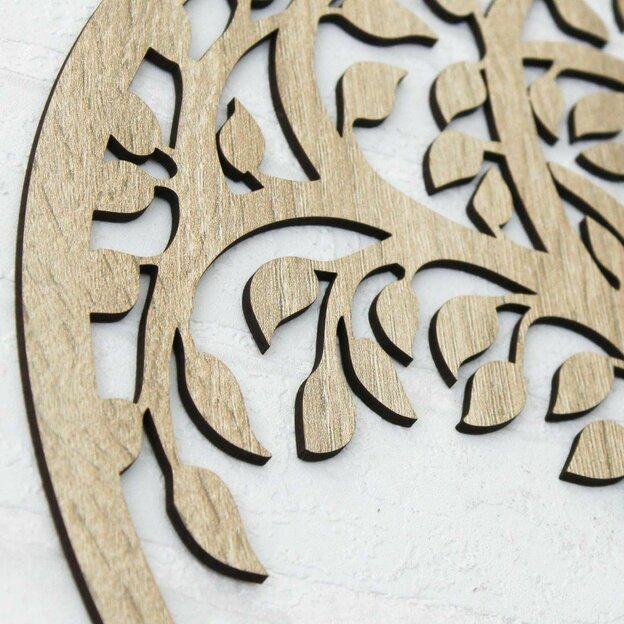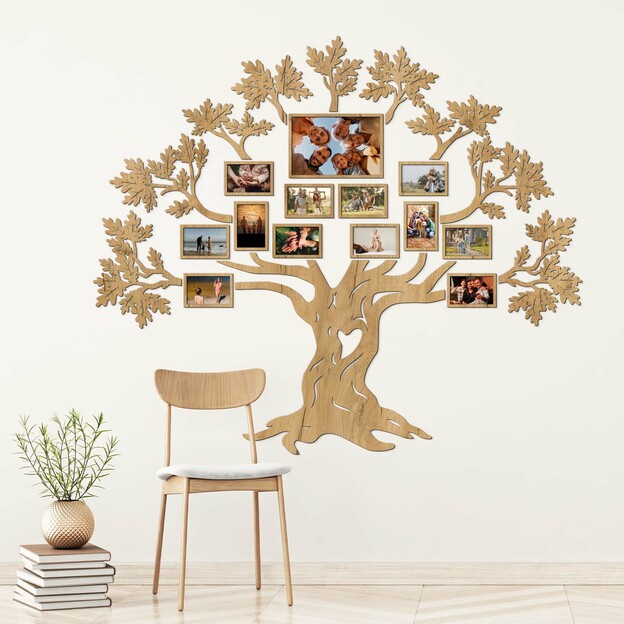
Don't You Have Your Family Tree with Photos? Here's Why You Should!
We’ve all encountered the creation of a family tree at some point, even if it was just helping a child or sibling with a school project—putting together a family genealogy chart. Let’s be honest, it’s not always easy to know exactly where each relative belongs on the “tree,” especially in large, extended families where great-grandmothers often came from families with 12 siblings—a common occurrence in the past.
Family is the foundation of everything, but not everyone has the fortune of being in daily contact with their loved ones. Modern technology helps overcome separation, making family connections easier than ever—no longer requiring months like in the past. However, some things remain irreplaceable. Just as book enthusiasts prefer the feel of a printed book—the scent of its pages, the tactile joy of turning them, and the satisfaction of adding it to their collection—over an impersonal e-book, people also tend to favor printed photos over digital ones stored on a phone. Who wouldn’t want the faces of their loved ones “close by” while beautifying an empty wall in their home? Imagination knows no bounds, which is why every family tree will be unique and guaranteed to bring a smile to your face.
In this article, you'll learn:
- What is a family tree and its history
- The history of family trees
- How to create your own family tree
- Where to place a family tree in your home
1. What is a family tree, and how does it differ from a genealogy chart?
Let’s delve into the concepts of the genealogy chart and the family tree—terms often used interchangeably or misunderstood. Since ancient times, people have desired to uncover their origins, know their roots, and understand the way of life of their ancestors. The earliest mentions of documenting familial relationships date back to the 6th century BC, practiced by cultures such as the Indians, Jews, Greeks, and Romans.
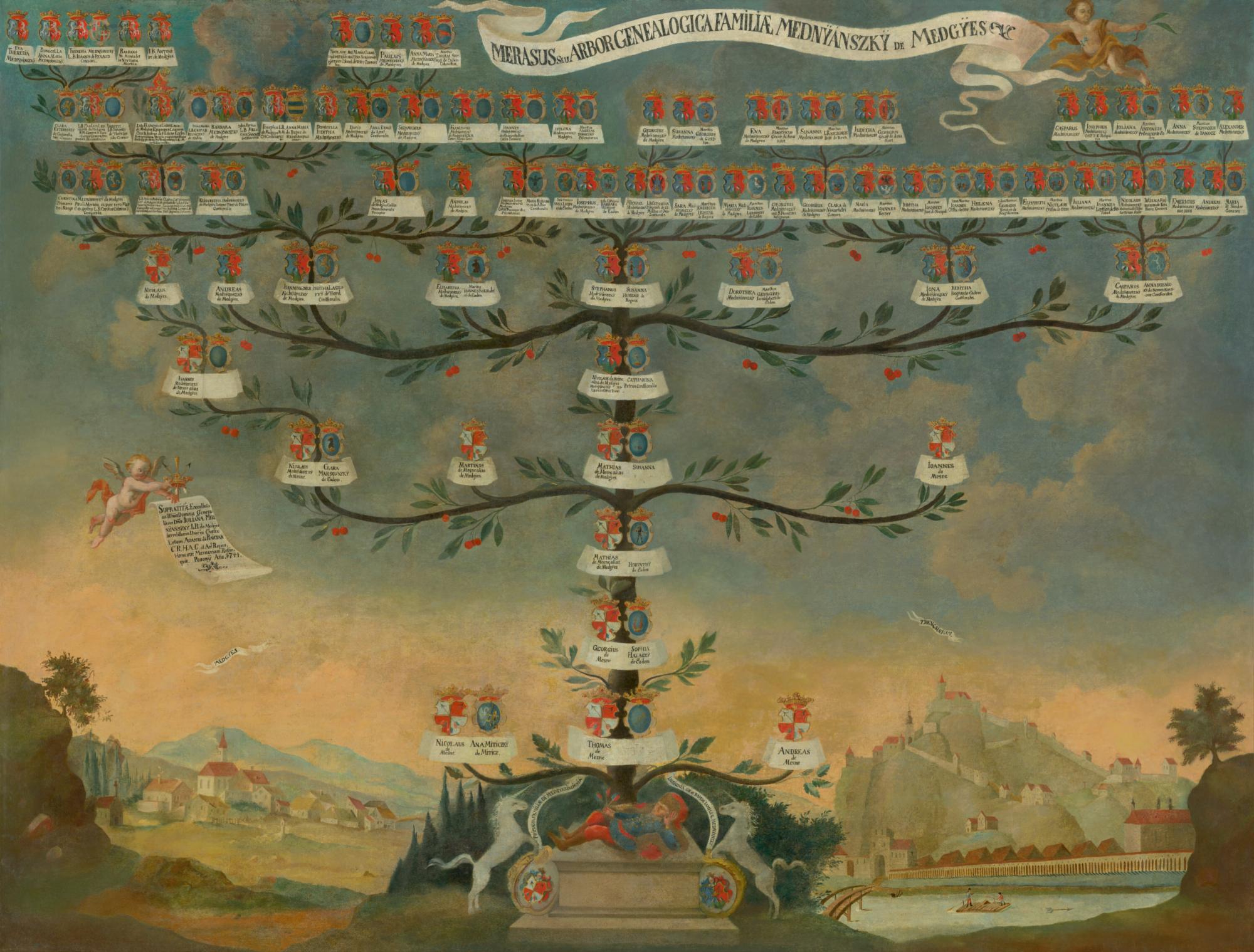 Source: www.wikipedia.com
Source: www.wikipedia.com
To clarify, a genealogy chart is a detailed table that records all descendants of a specific individual or a parental couple. Such charts traditionally trace lineage through the male line, excluding women and their offspring. These genealogy charts have become increasingly popular in recent years as a gift for fathers or grandfathers, particularly those keen on discovering their noble or prestigious lineage. Amateur genealogists often dive into archives and contact institutions, spending significant sums only to find incomplete information. However, when successful, such research can transport a person centuries into the past, offering a glimpse into their ancestors’ lives.
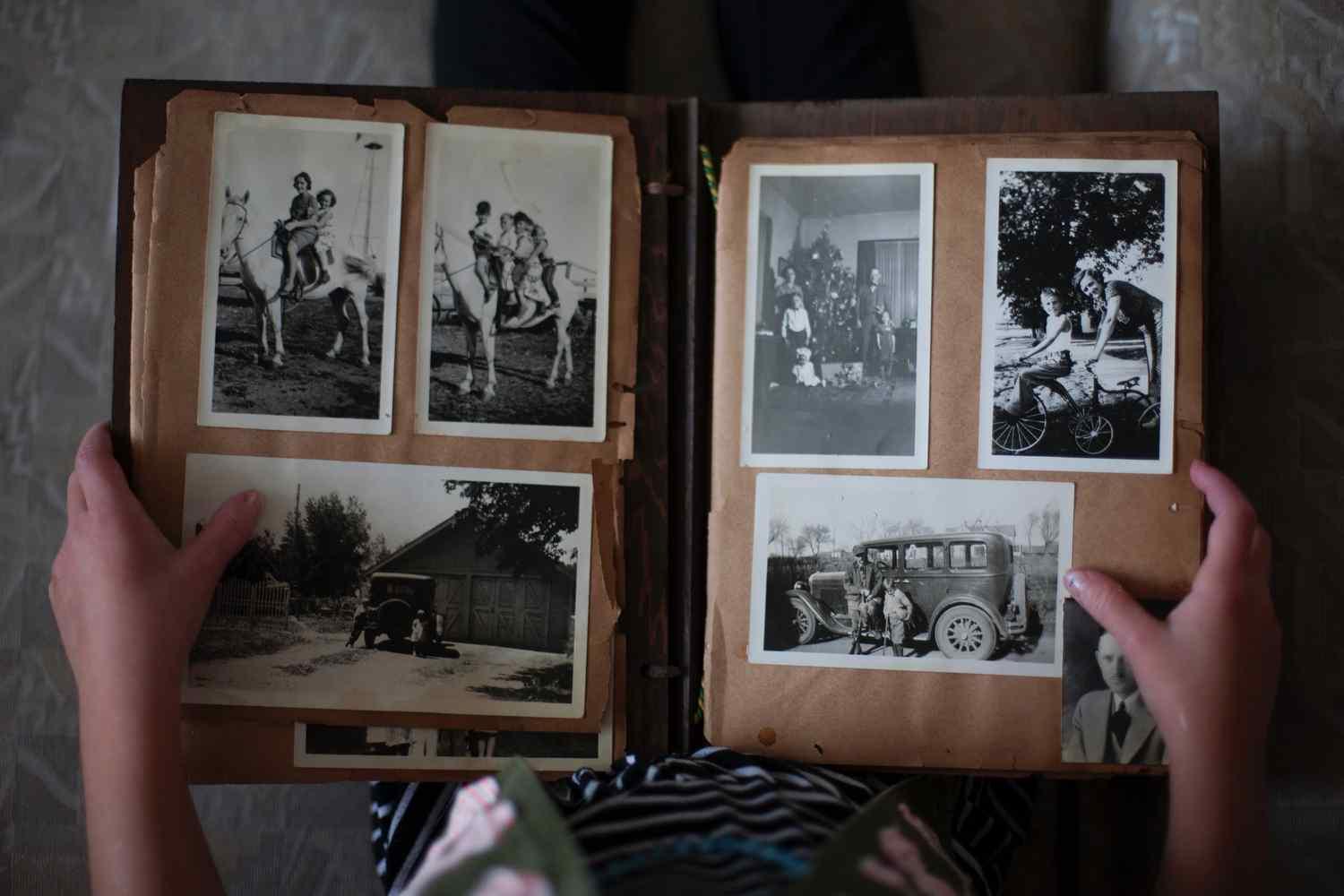 Source: www.unsplash.com
Source: www.unsplash.com
In contrast, a family tree is a more general concept representing a visual depiction of ancestors and relationships among descendants. Names or faces are typically placed on the “branches” of the tree you design.
2. The history of the family tree
Trees have long been one of humanity’s most enduring symbols, representing life, youth, immortality, and wisdom. Their branches symbolized health, peace, and happiness, while their green leaves offered hope for salvation. Slavic ancestors believed that birds perched on trees represented the souls of the deceased, leading to the tradition of planting trees on graves. To explore more about the symbolism of the Tree of Life, read our article: What is the Tree of Life?
Today, Tree of Life decorations have become popular home accents
The Renaissance introduced more structured depictions of familial relationships as trees—sometimes illustrating royal succession or even relationships among accomplices in crimes.
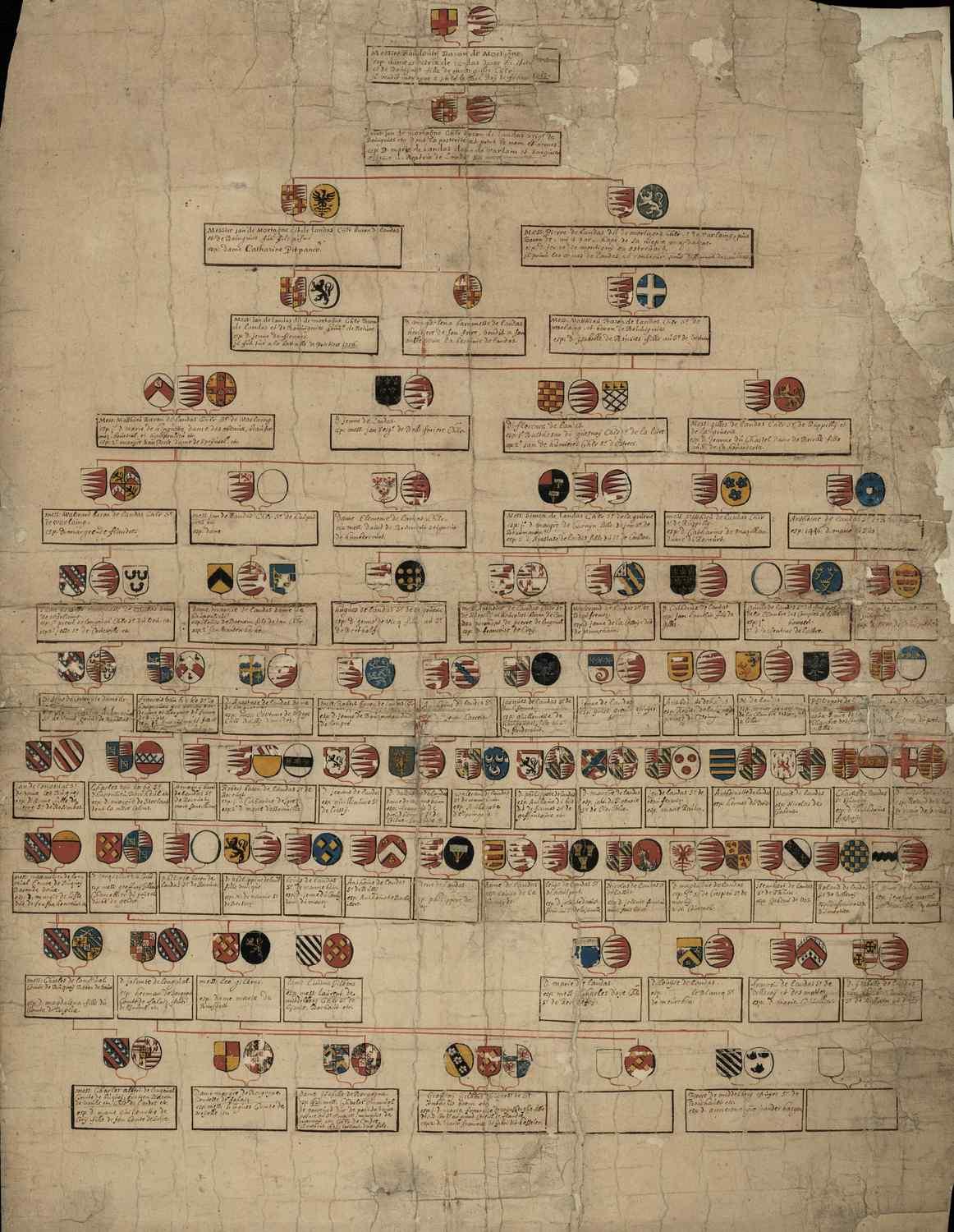 Source: www.wikipedia.com
Source: www.wikipedia.com
3. How to Create a Family Tree at Home
Every home is unique, and a family tree decoration should complement the color scheme, materials, and overall style of your space. In large, spacious living rooms, a wooden family tree or a wood-themed design can serve as a striking decorative element. Don’t hesitate to explore various wood finishes, as there’s a wide range of colors available on the market. Nowadays, it’s common to add a touch of boldness to neutral, earthy interiors—one piece can be distinctly extravagant. Wooden family trees are often available as stickers that are easy to apply directly to the wall.
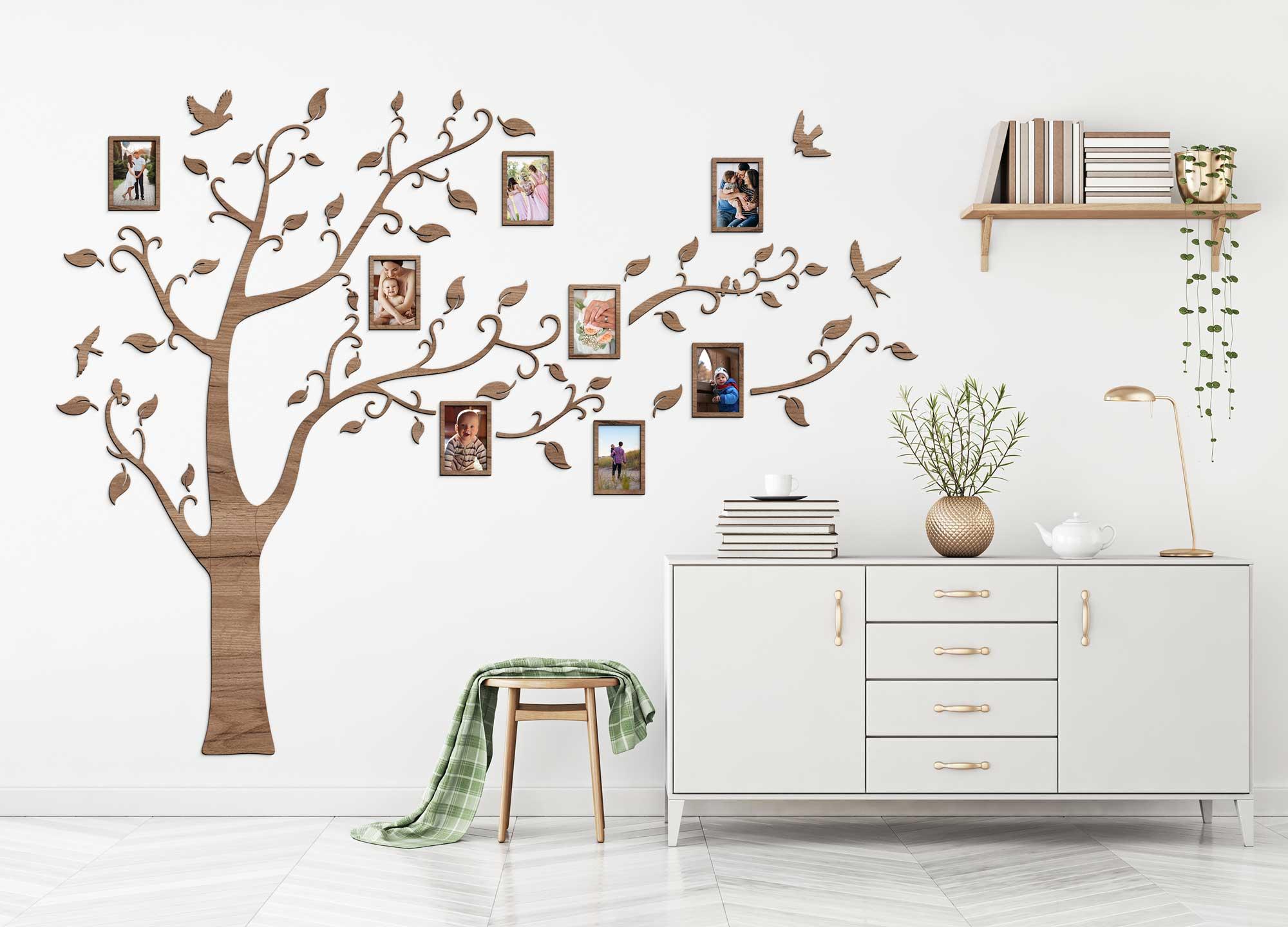 Tip: Wooden family tree with photo frames by DUBLEZ
Tip: Wooden family tree with photo frames by DUBLEZ
Basic paper wall stickers shaped like trees are widely available. However, if you want to follow the latest trends, consider investing in elegant wooden decorations. Wood has a natural charm, a distinctive scent, and says a lot about the taste of its owner. Additionally, its thickness gives a 3D effect that stands out beautifully on the wall.
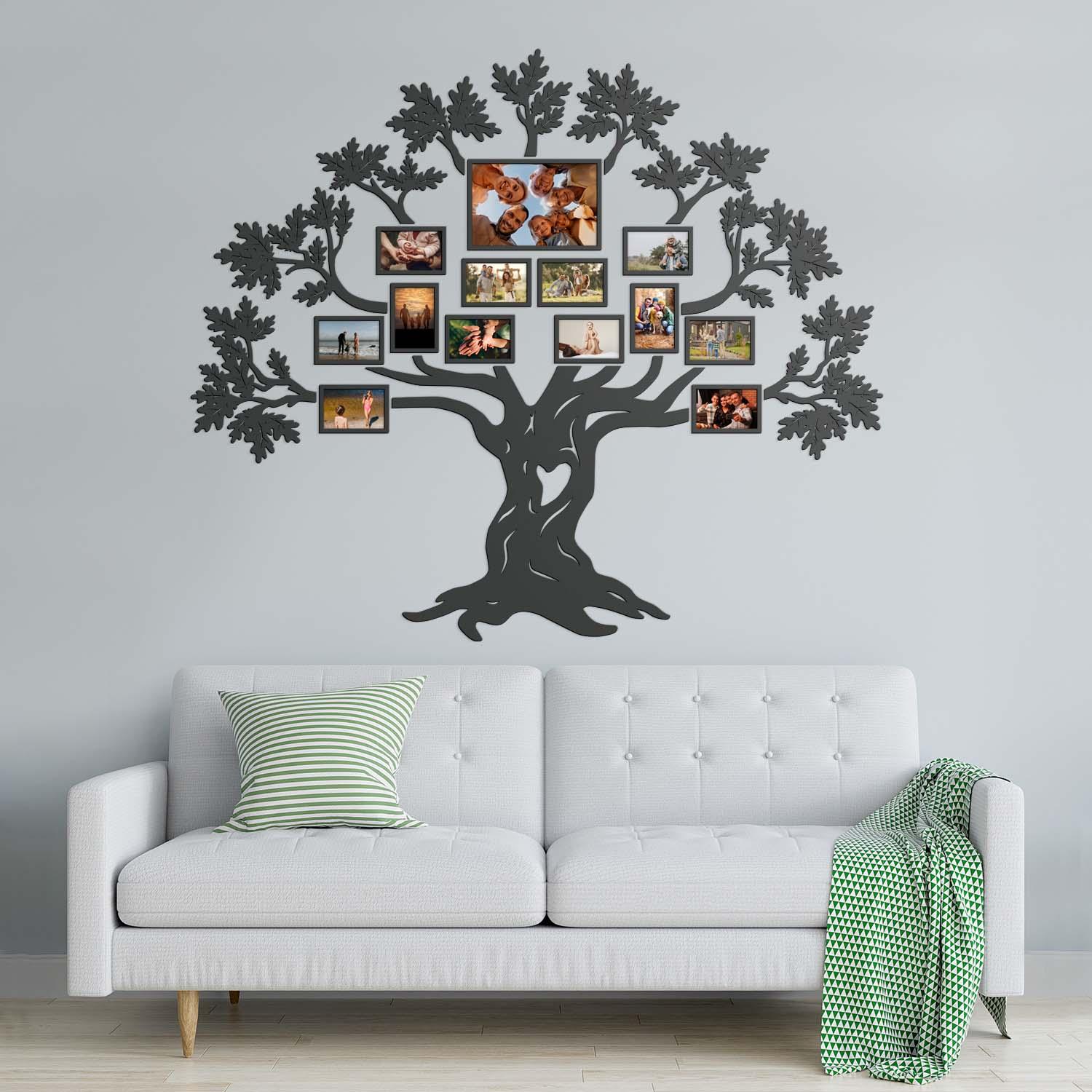
DUBLEZ wooden decorations can be mixed and matched as you like. The range includes various Trees of Life, wooden wall signs, and wall quotes.
Wooden Family Trees by DUBLEZ:
There are many ways to create a family tree, but the quickest and cheapest option is to paint it directly on the wall. You’ll need wall paint (matching your home’s color palette), a brush, and a bit of creativity. Design the tree on paper first to experiment with shapes and layouts. It could be tall and slim, wide, or peeking out from behind a sofa. Once you finalize the design, lightly sketch it on the wall with a pencil before painting. There are countless family tree styles, with photo frames placed around the edges, at the center, or along the trunk. Choose the layout that suits you best.
You can also paint the frames directly onto the wall or purchase frames to incorporate into the tree. Use adhesive putty to attach the frames securely. For a personal touch, place individual photos chronologically by age or group photos from shared activities in the frames.
 Source: www.unsplash.com
Source: www.unsplash.com
An alternative and nostalgic version of a family tree is the handprint motif. Each family member adds their handprint in a chosen color and writes their name inside the handprint.
If you prefer not to paint directly on the wall, a simple sheet of paper will suffice for your next family tree. Draw or print the tree design, add photos, and you’ll have a quick and easy decoration filled with cherished memories—a unique addition to any wall in your home.
4. Where to place a family tree
The living room is the most common choice for a family tree as it’s the heart of the home, but hallways or entryways are also great options. For smaller spaces, a minimalist version using only a sign and a few frames works perfectly. If you’re feeling creative, you can expand this “mini tree” over time by adding more photos. Enhance the design with wooden connectors for a cohesive look.
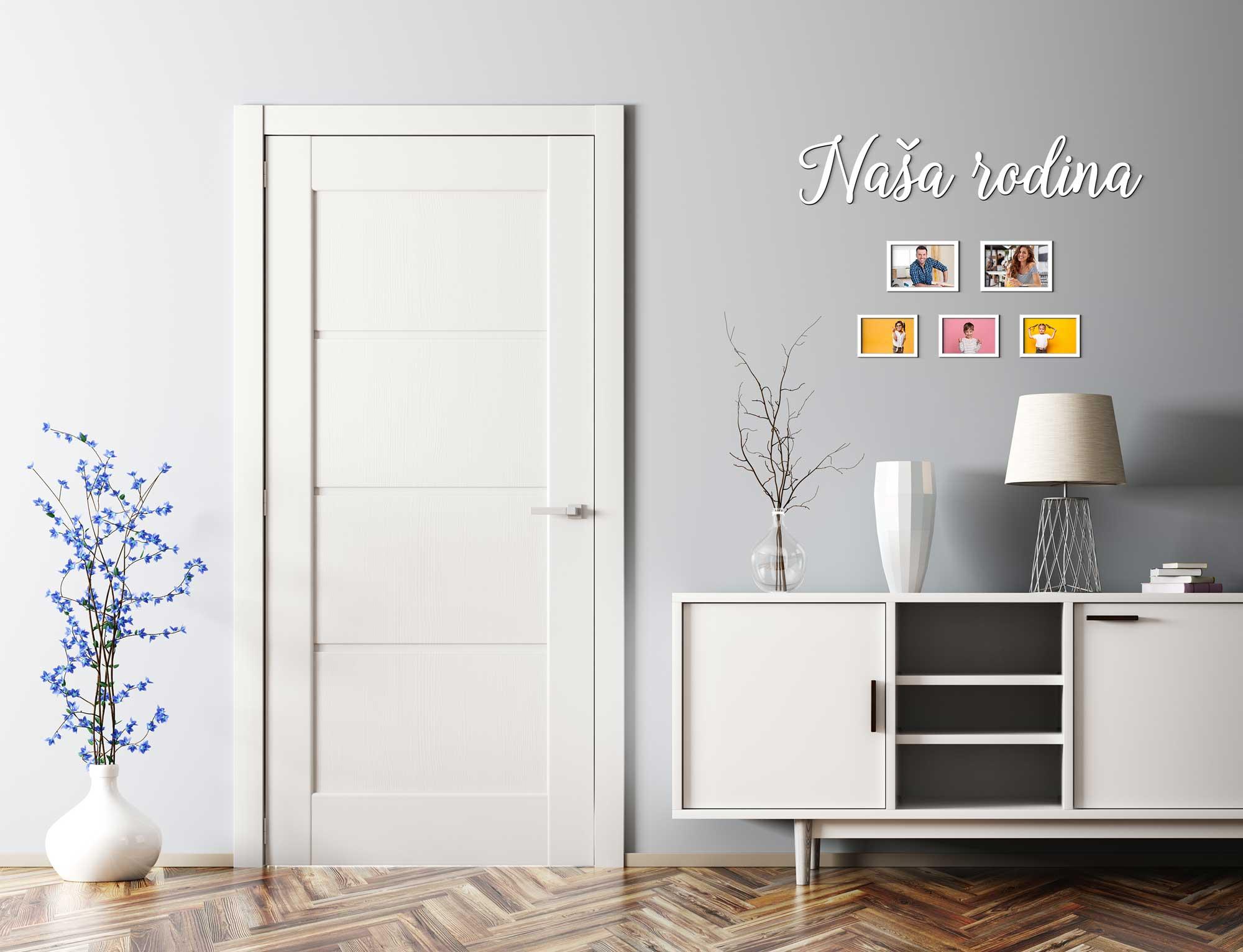
For those who love retro decor, a vintage ladder can be repurposed into a unique photo stand. Attach pictures to the steps or create a photo frame display with strings. This creative piece can become a stunning addition to any room or even your outdoor space.
 Source: www.unsplash.com
Source: www.unsplash.com
In summary, if you cherish your family and enjoy reliving fond memories while enhancing your living space, a family tree decoration is a timeless choice. For those less confident in their creativity, you can always order a ready-made family tree and simply choose the perfect photos to complete it.

















































